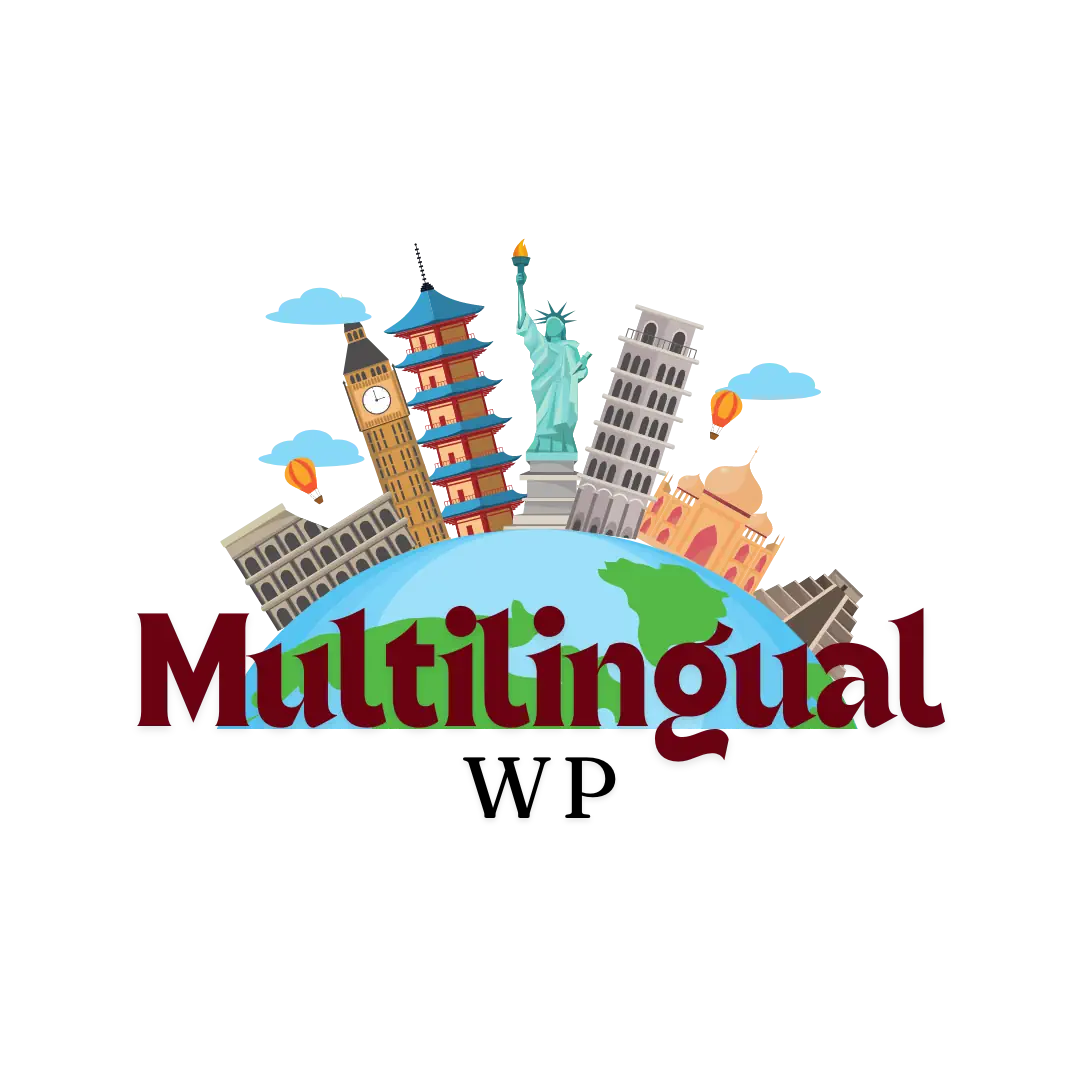Businesses expanding into global markets quickly realize that reaching international audiences requires more than just translating text. To deliver a seamless experience across languages and cultures, two core concepts come into play:
Internationalization (i18n) and Localization (l10n).
Although often used interchangeably, they serve different purposes and happen at different stages of the global website journey. Understanding the distinction is essential for anyone planning to build a multilingual WordPress site, scale global content, or optimize international UX and SEO.
What Is Internationalization (i18n)?
Internationalization (i18n) is the process of designing and developing your website so it can easily support multiple languages and regions without major structural changes.
Think of it as the technical and architectural preparation.
It includes:
- Making all text translatable
- Supporting global character sets (like UTF-8)
- Preparing URLs for language variants
- Supporting RTL languages (Arabic, Hebrew)
- Formatting dates, numbers, currencies internationally
- Ensuring themes and plugins work with translation systems
In short, internationalization happens first — before content is translated.
If internationalization prepares the stage, localization performs the show.
What Is Localization (l10n)?
Localization (l10n) is the process of adapting your content, design, and experience for a specific language, culture, and market.
Localization includes:
- Translating website text
- Adjusting currency and pricing
- Adapting tone, imagery, and examples
- Local SEO keyword research
- Regional date/time formats
- Cultural UX adjustments
- Customer support language preferences
Localization ensures your content feels native to each audience.
Internationalization prepares your website; localization personalizes it.
i18n vs l10n: Quick Comparison
| Category | Internationalization (i18n) | Localization (l10n) |
|---|---|---|
| Purpose | Prepare site for multiple languages | Adapt site for each language & culture |
| Stage | Before translation | During / after translation |
| Example Tasks | Code readiness, language files, structure | Content translation, currency changes, images |
| Output | Multilingual-ready website | Fully localized user experience |
| Who Handles It | Developers, engineers | Translators, marketers, UX experts |
| SEO Impact | Enables multilingual structure | Targets regional search intent |
Real-World Example
Scenario: Expanding a WordPress site to Spanish audiences
| Step | Action |
|---|---|
| Internationalization | Ensure text strings use translation functions, support UTF-8, configure multilingual URL structure |
| Localization | Translate content to Spanish, adapt currency to MXN/EUR, adjust tone for Latin America vs Spain |
One prepares your site — the other adapts your content for real users.
Why You Need Both
Internationalization prevents technical barriers
Localization builds trust and relevance
Together, they unlock global reach and conversions
Skipping i18n results in:
- Hard-to-translate content
- Broken layouts in RTL languages
- SEO issues with hreflang & URL structure
Skipping l10n results in:
- Robotic translations
- Poor UX and low engagement
- Visitors feeling the content isn’t “for them”
How This Applies to WordPress
Internationalization in WordPress =
- Using gettext functions (
__,_e,_x, etc.) - Translation-ready themes/plugins
- Language file support (.pot, .po, .mo)
- Preparing for multilingual plugin compatibility
Localization in WordPress =
- Using WPML, Polylang, TranslatePress, or Weglot
- Translating menus, slugs, SEO metadata
- Localizing WooCommerce currency & checkout
- Adding region-specific content
If you’re planning a multilingual WordPress setup, do i18n first, then apply l10n workflows.
When to Focus on i18n vs l10n
Choose i18n when:
- Developing a new WordPress site
- Building custom themes or plugins
- Planning global expansion soon
- Preparing multilingual architecture (URLs, hreflang)
- Ensuring compatibility with translation plugins
Choose l10n when:
- You already have a translation-ready setup
- You’re entering a specific country
- You want AI + human translation workflows
- Translating SEO metadata & content
- Adapting checkout, pricing, images, references
Common Mistakes to Avoid
Only translating text without adapting UX
Localized content should feel culturally native.
Treating localization as a one-size-fits-all approach
Spain ≠ Mexico ≠ Argentina
Canada ≠ France
Ignoring international SEO
Localized keyword research is mandatory for visibility.
Thinking plugins replace strategy
Tools enable — they don’t execute global content strategy for you.
Final Takeaway
| Phase | Purpose |
|---|---|
| Internationalization (i18n) | Prepare your site technically for multilingual content |
| Localization (l10n) | Customize the content and experience for each audience |
To reach and convert global audiences:
- Internationalize first — build globally-ready architecture
- Localize thoughtfully — adapt content to real users and cultures
Together, they form the foundation of successful global websites — especially on WordPress.
FAQ
Do I need both i18n and l10n?
Yes. i18n prepares your site; l10n adapts it.
Can I skip internationalization if I’m using a plugin?
No — poor i18n leads to broken translations and UX issues.
Is localization only translation?
Translation is part of localization, but localization includes culture, UX, and SEO.
Which should happen first?
Always start with internationalization.
